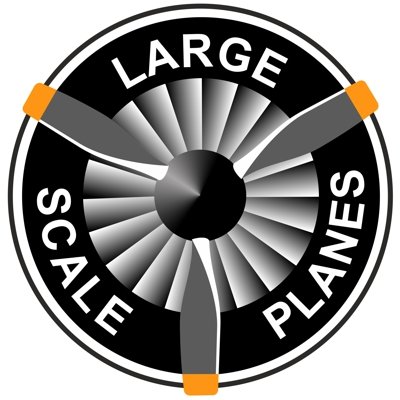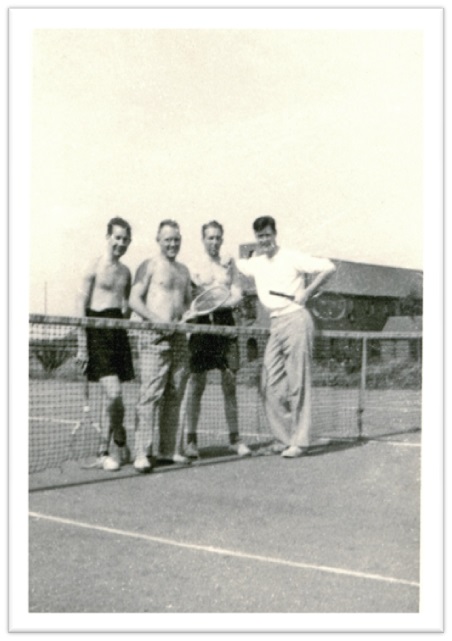Crimea_River
Marshal
Username: Crimea River
First name: Andy
Category: Judge – Non competing
Scale: 1/48
Manufacturer: ICM
Model Type: Spitfire Mk.XVI
Aftermarket addons: Decals I got in a trade with Wayne pluse the usual odd scratch-built crap.
This GB gives me a chance to break out my old ICM Spitty and get that done. The subject will be a Mk.XVIe Low-back flown by Chuck Darrow, of 416 Squadron RCAF in the last month of the war in Europe. This aircraft is not supported by any photos that I've been able to find, though one or two may be in the venerable 2nd TAF volumes by Chris Shores. There is a profile in "Spitfire: The Canadians" by Robert Bracken which I've reproduced below (book is out of print):

There's also a decal sheet by Watermark with some very detailed descriptions of the finish on this bird, details which could only be gleaned from anlaysis of a photo. Excerpt shown below from WaterMark 48004 - Canadian Spitfires, 1944-1945 :

Both the profile and decal description show the wing to be full span and not clipped which is perhaps a bit unusual but presumably the authors of these documents have reproduced that feature faithfully from photos.
I'm not going to bother with sprue shots. The plastic is pure white which will beg to be painted quickly. I will start on this build when I see the back of my P-38, which I need to finish for GB56 over the next couple of weeks.
First name: Andy
Category: Judge – Non competing
Scale: 1/48
Manufacturer: ICM
Model Type: Spitfire Mk.XVI
Aftermarket addons: Decals I got in a trade with Wayne pluse the usual odd scratch-built crap.
This GB gives me a chance to break out my old ICM Spitty and get that done. The subject will be a Mk.XVIe Low-back flown by Chuck Darrow, of 416 Squadron RCAF in the last month of the war in Europe. This aircraft is not supported by any photos that I've been able to find, though one or two may be in the venerable 2nd TAF volumes by Chris Shores. There is a profile in "Spitfire: The Canadians" by Robert Bracken which I've reproduced below (book is out of print):
There's also a decal sheet by Watermark with some very detailed descriptions of the finish on this bird, details which could only be gleaned from anlaysis of a photo. Excerpt shown below from WaterMark 48004 - Canadian Spitfires, 1944-1945 :
Both the profile and decal description show the wing to be full span and not clipped which is perhaps a bit unusual but presumably the authors of these documents have reproduced that feature faithfully from photos.
I'm not going to bother with sprue shots. The plastic is pure white which will beg to be painted quickly. I will start on this build when I see the back of my P-38, which I need to finish for GB56 over the next couple of weeks.



